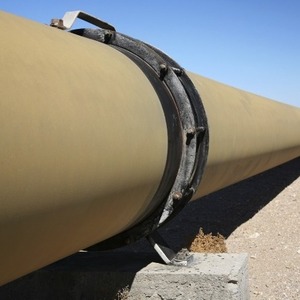Natural gas inventories hit record peak



November 29, 2016
BY Andy Huenefeld, Kinect Energy Group
Natural gas inventories hit record peak after starting from a baseline of more than 2.4 Tcf in March, many viewed a new record as a foregone conclusion and grew concerned about pushing up against estimated storage capacity above 4.3 Tcf. However, a tighter fundamental market limited the gas available to be stockpiled underground and led to a historically-low injection season. At most points during the late summer, it looked like the trajectory of weekly storage injections would lead to an end-of-season peak shy of the 2015 record. As it turned out, mild weather in October and November worked to limit fourth quarter heating demand for natural gas, freeing up enough volumes to be injected into storage to reach the new record peak ahead of the winter.
Natural gas storage inventories exceeded the 2015 record peak of 4,009 Bcf and grew as high as 4,047 Bcf as of November 11. The next week’s report showed a net withdrawal for the week ended November 18, bringing the 2016 injection season to a close.
Advertisement
Advertisement
Now the market will turn its attention to withdrawal season, and inventories could be drawn down much faster than the previous year. Expected year-over-year increases in heating load will affect demand from the residential, commercial, and industrial sectors throughout the season. In addition record exports and falling production volumes will further contribute to more robust weekly withdrawals than experienced during the previous year. Given the tightening fundamental balance, inventories will face an uphill battle to refill to a new record for a third consecutive year in 2017.
Advertisement
Advertisement
Related Stories
The U.S. exported 31,160.5 metric tons of biodiesel and biodiesel blends of B30 and greater in May, according to data released by the USDA Foreign Agricultural Service on July 3. Biodiesel imports were 2,226.2 metric tons for the month.
CARB on June 27 announced amendments to the state’s LCFS regulations will take effect beginning on July 1. The amended regulations were approved by the agency in November 2024, but implementation was delayed due to regulatory clarity issues.
Legislation introduced in the California Senate on June 23 aims to cap the price of Low Carbon Fuel Standard credits as part of a larger effort to overhaul the state’s fuel regulations and mitigate rising gas prices.
The government of Brazil on June 25 announced it will increase the mandatory blend of ethanol in gasoline from 27% to 30% and the mandatory blend of biodiesel in diesel from 14% to 15%, effective Aug. 1.
The U.S. EIA reduced its 2025 and 2026 production forecasts for a category of biofuels that includes SAF in its latest Short-Term Energy Outlook, released June 10. The forecast for 2025 renewable diesel production was also revised down.
Upcoming Events









